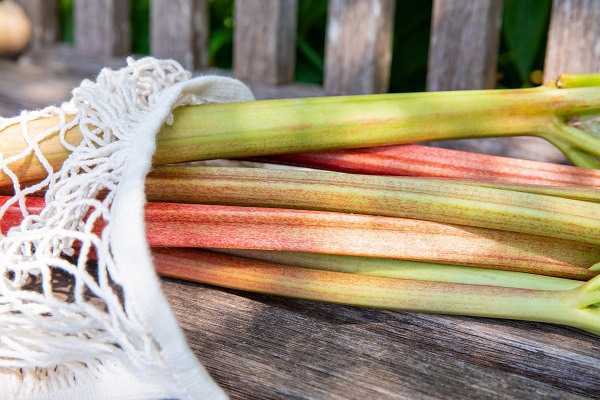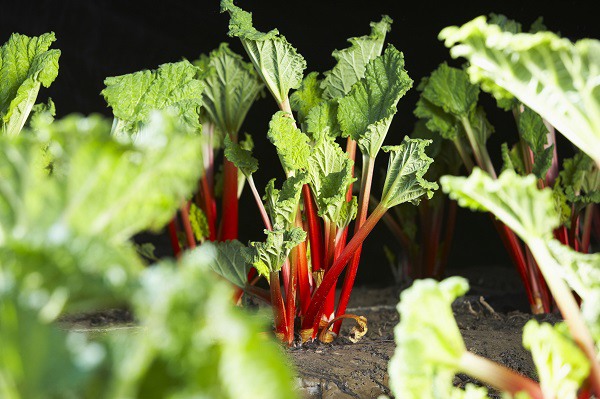While winter has returned once again, the first fresh regionally cultivated rhubarb is already spreading a spring mood in the trade. At the end of February, the first production companies in the Lower Rhine region and near Cologne began harvesting the fruit vegetables from protected cultivation. The first tender stems of the "Goliath" variety, which have been ripening in halls or under foil tunnels at a constant temperature of 15 degrees since January, are initially still available in limited volumes. Depending on the weather, the harvest of the first open ground rhubarb in the west will start at the end of March. In recent years, red-stemmed varieties such as "The Sutton" have become particularly popular here.

Landgard member farms in western Germany grow the traditional spring vegetable on an area of around 200 hectares. Rhubarb production is concentrated in the foothills of the Cologne-Bonn Bay area. There, the perennials find optimal growing conditions. In May and June, fresh rhubarb from regional cultivation is then also harvested in eastern Germany. On St. John's Day, June 24, the rhubarb season traditionally ends.
As a permanent crop, rhubarb poses particular challenges for production companies. For example, the perennials, which can live up to ten years, have a high water requirements because of their large leaves and are therefore sensitive to heat and drought. In late winter and spring, open ground rhubarb is protected by a single or double film cover.
"In recent years, however, we have had to check and refasten the flat film cover more and more frequently due to the stormy winds that occur," says grower Gerd Herter, owner of VitaFresh Rheinland & Co. "This drives up production costs. These have already risen significantly due to fertilizer and energy price increases as well as higher labor costs. We now have to pass this cost explosion on to retailers. However, as the population is currently buying more inexpensive food, we fear that vegetable production in general will have a difficult year."

Rhubarb mixed drinks are in vogue
For 40 years, the Herter family has been growing the rhubarb varieties "The Sutton" and "Goliath" on around 60 hectares in the Bornheim region. "Based on our many years of experience, we always start the rhubarb season around the turn of the month March/April. The exact timing then depends mainly on the sunshine in the weeks before," says Gerd Herter.
The fact that fresh rhubarb from the region is becoming increasingly popular with consumers can also be confirmed by the Landgard producer: "In recent years, there has been an increased interest in rhubarb mix drinks, for which a great deal of rhubarb has been processed into juice and concentrate. Now it remains to be seen whether and how this trend will continue in 2023. Because here, too, the increased costs of production must be passed on."
Photos: Landgard eG
For more information:
Landgard eG
Veilingstraße A1
47638 Straelen-Herongen
Tel.: +49 2839 59-00
Fax: +49 2839 59-1999
info@landgard.de
https://www.landgard.de
VitaFresh Rheinland GmbH & Co. KG
Meuserweg 2
53332 Bornheim
Tel.: 02222 990660
Fax: 02222 9906666
